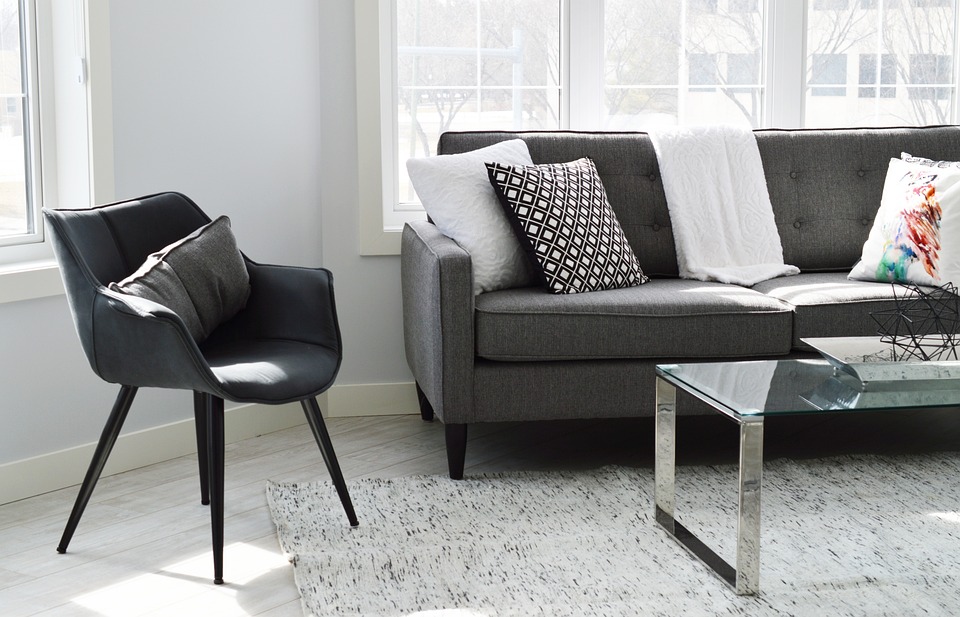Property maintenance and repairs are essential tasks that every homeowner or landlord must undertake to ensure the longevity and functionality of their property. This article will delve into the importance of property maintenance and provide tips on how to incorporate regular repairs into your property management routine. We will also discuss common types of property maintenance and repairs that one may encounter.
The Importance of Property Maintenance
Regular property maintenance is crucial for several reasons. Firstly, it helps prevent minor issues from escalating into major and costly problems. By addressing repairs promptly, you can save yourself from a hefty bill in the future. Secondly, regular maintenance contributes to the overall safety and well-being of the occupants. By keeping the property in good condition, you can avoid accidents and ensure a conducive living environment.
Another crucial aspect of property maintenance is that it helps maintain the value of your property. Well-maintained properties tend to appreciate in value over time, making them a sound investment. Additionally, neglected properties may deter potential tenants or buyers, impacting your rental income or ability to sell.
Tips for Regular Property Maintenance
Implementing a regular property maintenance routine is key to ensuring the longevity of your property. Here are a few tips to get you started:
1. Create a Maintenance Schedule
Outline a comprehensive schedule that includes routine inspections, repairs, and upgrades. Consider factors such as the age of the property, climate conditions, and the type of materials used. This schedule will serve as a guideline to help you stay on track and address maintenance issues promptly.
2. Conduct Regular Inspections
Performing regular inspections is crucial to identifying potential issues before they become major problems. Inspect the property’s structural integrity, electrical and plumbing systems, HVAC, and other crucial components. By catching problems early on, you can save yourself from costly repairs down the line.
3. Prioritize Repairs
Not all repairs are equal in terms of urgency. Prioritize repairs based on their impact on safety, functionality, and longevity of the property. Attend to critical issues immediately and plan for less pressing repairs over time.
4. Hire Professionals
While it may be tempting to undertake all repairs and maintenance tasks yourself, it is important to know your limitations. Hiring professionals such as plumbers, electricians, and HVAC technicians ensures that the job is done properly, reducing the risk of accidents or further damage.
5. Stay Updated on Codes and Regulations
Make sure you have a good understanding of the building codes and regulations in your area. Compliance is essential to avoid penalties or complications when performing repairs or upgrades.
Common Types of Property Maintenance and Repairs
Property maintenance and repairs encompass a wide range of tasks. Here are some common types that one may encounter:
1. Plumbing
Plumbing issues such as leaky pipes, clogged drains, or malfunctioning toilets are common problems that require immediate attention. Ignoring these issues can lead to water damage or even mold growth.
2. Electrical
Faulty wiring, flickering lights, or blown fuses warrant the expertise of a professional electrician. Electrical issues pose a significant safety risk and should be addressed promptly.
3. HVAC
Regular maintenance of your heating, ventilation, and air conditioning systems is essential to ensure their optimal functioning. Clean or replace filters regularly, and have a professional inspect and service the system periodically.
4. Roofing
Roof leaks or damaged shingles can result in water infiltration, leading to extensive damage to the property’s structure. Regular inspections and maintenance can help identify and address roofing issues before they worsen.
5. Painting
Updating the property’s paint can give it a fresh look and protect the surfaces from wear and tear. Regularly inspect the interior and exterior of your property for chipping or peeling paint, and plan for touch-ups or repaints as needed.
6. Landscaping
Maintaining the exterior of your property is also essential. Regularly mow the lawn, trim bushes, and trees. Clear any debris or leaves that may accumulate. Landscaping not only enhances the property’s aesthetics but also prevents potential hazards or damage.
Conclusion
Property maintenance and repairs are vital aspects of being a homeowner or landlord. By implementing a regular maintenance routine, conducting inspections, prioritizing repairs, and hiring professionals when needed, you can ensure the longevity, value, and safety of your property. Addressing common issues such as plumbing, electrical, HVAC, roofing, painting, and landscaping will help keep your property in optimal condition. Remember, staying proactive in property maintenance will save you time, money, and headaches in the long run.
